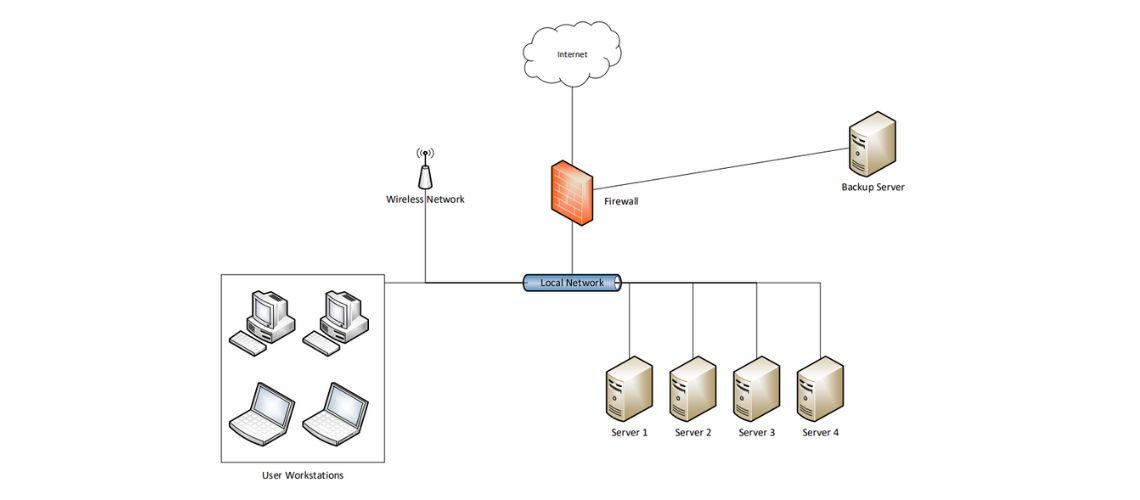In many IT environments, the typical network structure is flat, meaning every device has full access to all other devices. As a result, spreading malware across a network is usually trivial, and backups are frequently affected.
Benefits of Network Segmentation
Why You Should Segment Your Backup from Other Devices
First and foremost, you should segment your backup from other devices on your network to protect potential malware from spreading. By doing so, you are taking another proactive step in protecting your network’s overall health.
Some additional benefits of a segmented network are:
- Compartmentalizing your backups will keep them clean and useable if the network gets infected.
- Placing special firewall policies in all directions of the backup’s interface allows only essential communication to pass through.
Essentially, threat actors have a difficult time attacking what they don’t even know exists and can’t access.
Along with segmenting your backups from the rest of your network, we recommend performing a recovery test on a semiannual to yearly basis as a best practice method. It will act as a full test restore in an an isolated environment of business-critical VMs such as file servers, ERP servers, etc.
This process is a necessary and well-informed step towards enhanced cybersecurity. Contact your local Digicorp support representative to learn how we can segment your backup system to add another layer of security between your network and cyber threats.





